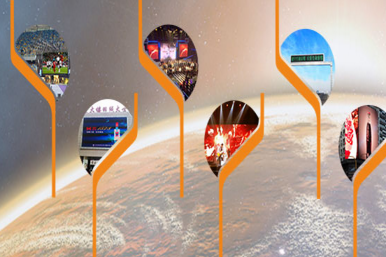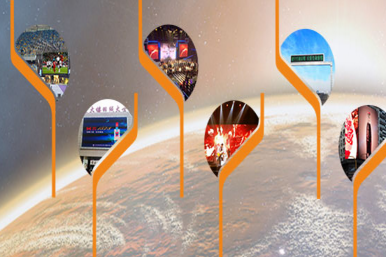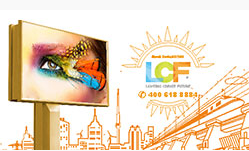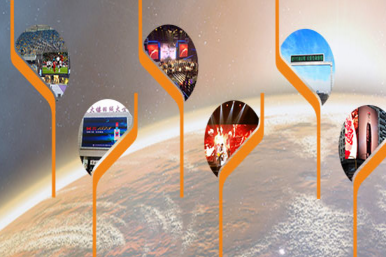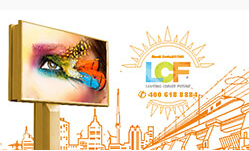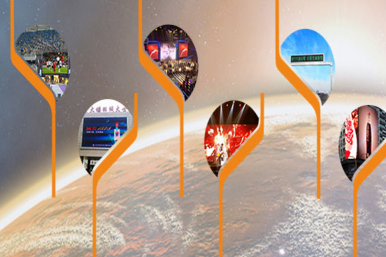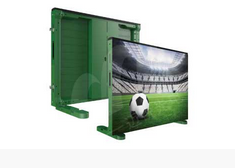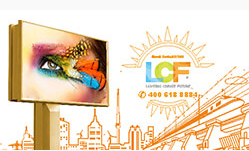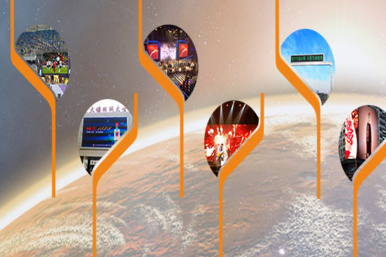Publisher: Supplier of LED Display Time: 2019-07-25 16:43 Views: 4223
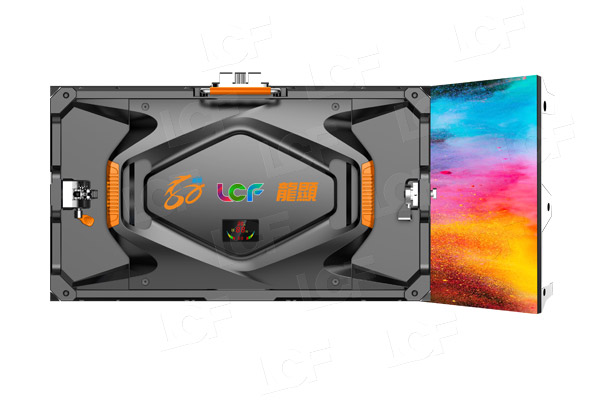
1. The shooting distance should be appropriate: the distance of the shooting image is related to the point spacing and filling factor of the LED display screen. The LED display screens with different point spacing and different filling factors have different shooting distances. Taking an LED display with a dot pitch of 4.25 mm and a fill factor of 60% as an example, the distance between the person being photographed and the screen should be 4-10 meters, so that a better background picture can be obtained when shooting people. If the person is too close to the screen, when shooting close-up shots, the background will appear grainy, and it is easy to produce mesh interference.
Second, the dot pitch should be as small as possible: the dot pitch is the distance between the center points of adjacent pixels of the LED display. The smaller the dot pitch, the more pixels per unit area, the higher the resolution, the closer the shooting distance can be, and of course the more expensive it is. At present, the dot pitch of LED displays used in domestic TV studios is mostly 1.5-2.5 mm. It is necessary to carefully study the relationship between the resolution of the signal source and the dot pitch, and strive to achieve consistent resolution and point-to-point display, so as to achieve best display.
3. Color temperature adjustment: When the studio uses a large LED screen as the background, its color temperature should be consistent with the color temperature of the lighting in the studio, so that accurate color reproduction can be obtained during shooting. According to the needs of the program, the lighting of the studio sometimes uses 3200K low color temperature lamps, sometimes 5600K high color temperature lamps, and the LED display needs to be adjusted to the corresponding color temperature to obtain satisfactory shooting results.
Fourth, to ensure a good use environment: the life and stability of the LED large screen are closely related to the working temperature. If the actual working temperature exceeds the specified use range of the product, not only its life will be shortened, but the product itself will also be seriously damaged. In addition, the threat of dust cannot be ignored. Too much dust will reduce the thermal stability of the LED screen and even cause leakage, which will lead to burnout in severe cases; dust will also absorb moisture, thereby corroding electronic circuits and causing some short-circuit problems that are not easy to troubleshoot, so pay attention to keep the studio clean.
The LED display has no seams, which can make the picture more perfect; it has lower power consumption, lower heat, energy saving and environmental protection; it has good consistency and can ensure the indiscriminate display of the picture; the size of the box is small, which is convenient for the smooth composition of the background screen Modeling; the color gamut coverage is higher than other display products; it has the advantage of better weak reflection characteristics, and has high operational reliability and low post-operation and maintenance costs.
Of course, the LED display screen with so many advantages must be used well in order to make its advantages fully manifested. Therefore, when using LED displays in TV programs, we need to choose the appropriate L point spacing, understand their characteristics in depth, and choose technical products as the background for different studio conditions, program forms and requirements, so that these new technologies can maximize the play its role.
